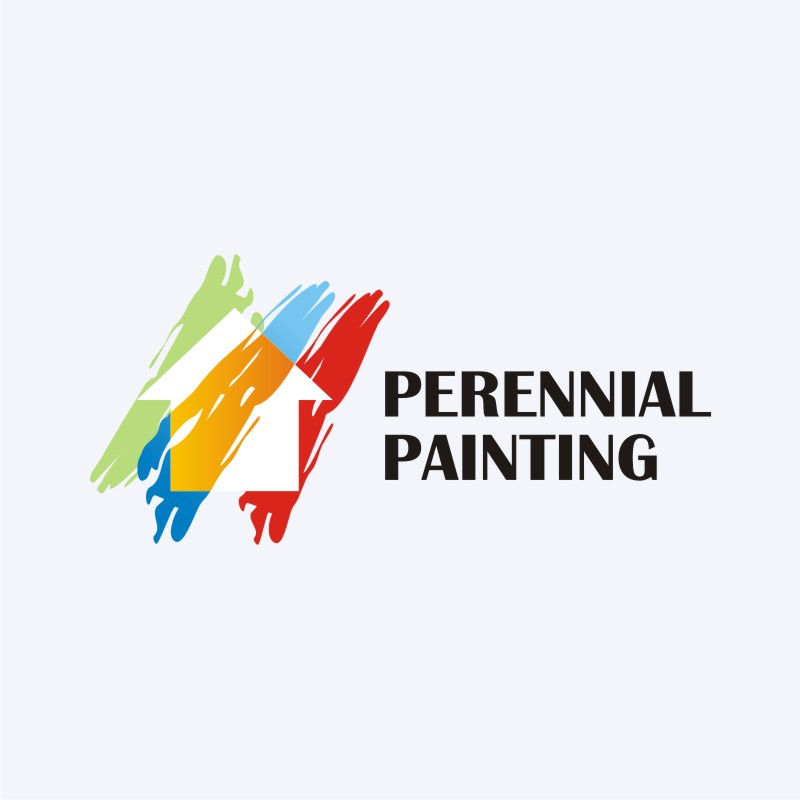Understand Just How Seasonal Conditions Affect The Success Of Business Exterior Painting And Discover The Suitable Durations To Guarantee Resilient Results For Your Project
Understand Just How Seasonal Conditions Affect The Success Of Business Exterior Painting And Discover The Suitable Durations To Guarantee Resilient Results For Your Project
Blog Article
Content Writer-McLamb Rosendal
When you're preparing a commercial outside paint task, seasonal factors can make or break your outcomes. You'll want to think about just how temperature and moisture effect paint application and drying out times. Picking the best season can ensure your paint sticks properly and lasts longer. However which seasons are really the best for this type of job? Let's explore the crucial elements that can affect your job's success.
The Impact of Temperature Level on Paint Application
When you're planning a business external paint project, the temperature level can dramatically impact how well the paint adheres and dries out.
Preferably, you want to paint when temperatures range in between 50 ° F and 85 ° F. If it's also cool, the paint might not treat effectively, causing issues like peeling or fracturing.
On the other side, if it's as well hot, the paint can dry also rapidly, preventing correct attachment and resulting in an uneven coating.
You should also think about the time of day; early morning or late afternoon uses cooler temperatures, which can be a lot more positive.
Constantly check the producer's suggestions for the specific paint you're utilizing, as they usually supply assistance on the excellent temperature variety for ideal results.
Moisture and Its Impact on Drying Times
Temperature isn't the only environmental element that affects your commercial exterior painting job; humidity plays a considerable role also. High humidity degrees can slow down drying out times dramatically, affecting the total quality of your paint task.
When the air is filled with dampness, the paint takes longer to treat, which can result in concerns like inadequate adhesion and a greater danger of mold growth. If you're repainting on an especially damp day, be gotten ready for extended delay times between layers.
It's vital to monitor regional weather conditions and plan as necessary. Ideally, go for Recommended Studying in between 40% and 70% for ideal drying.
Maintaining these consider mind guarantees your project stays on track and provides an enduring coating.
Best Seasons for Commercial Outside Paint Projects
What's the best season for your business outside painting jobs?
Spring and early fall are normally your best options. Throughout these periods, temperature levels are light, and moisture degrees are frequently lower, developing excellent problems for paint application and drying.
Avoid summertime's intense heat, which can cause paint to completely dry as well swiftly, resulting in poor bond and finish. Likewise, wintertime's chilly temperatures can prevent correct drying and healing, risking the longevity of your paint task.
Go for days with temperature levels in between 50 ° F and 85 ° F for optimal results. Bear in mind to check the regional weather report for rain, as damp problems can ruin your task.
Preparation around these variables guarantees your paint job runs efficiently and lasts much longer.
Verdict
Finally, planning your industrial outside paint jobs around seasonal factors to consider can make a considerable difference in the outcome. By organizing job during the suitable temperatures and humidity degrees, you'll guarantee far better attachment and drying times. Remember to keep an eye on local weather forecasts and choose the right time of year-- spring and early loss are your best bets. Taking have a peek at this web-site will certainly assist you accomplish a durable and specialist surface that lasts.
